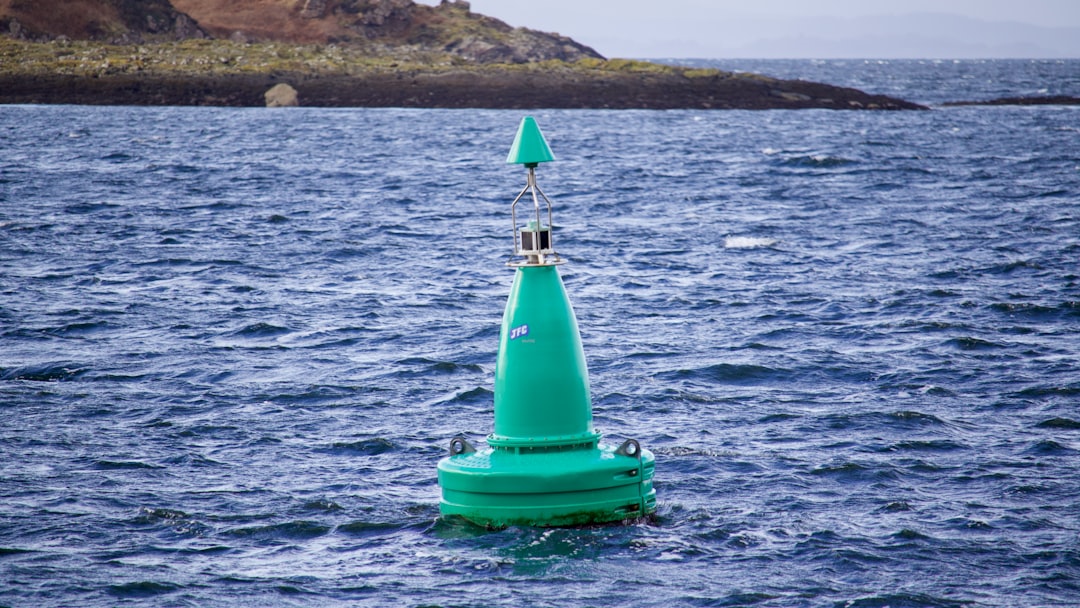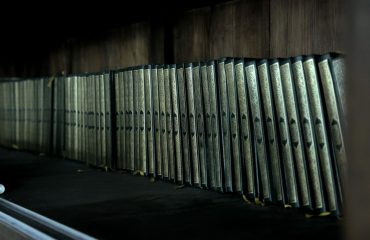body {
font-family: sans-serif;
line-height: 1.6;
}
h1, h2, h3 {
color: #0056b3;
}
Marine environments present unique challenges to piping systems, demanding rigorous safety protocols to prevent catastrophic failures. From the smallest fishing vessel to the largest oil tanker, the integrity of piping systems is paramount for both operational efficiency and crew safety. This comprehensive guide delves into the critical aspects of ensuring pipe safety in marine applications.
1. Material Selection: The Foundation of Marine Pipe Safety
Choosing the right pipe material is the cornerstone of a safe and long-lasting marine piping system. The selection process must consider several factors, including the transported fluid, environmental conditions, and pressure requirements. Common materials include stainless steel (offering excellent corrosion resistance), carbon steel (cost-effective but susceptible to corrosion), and various alloys designed to withstand specific corrosive agents. For example, duplex stainless steels are frequently used in seawater applications due to their superior resistance to chloride-induced pitting and crevice corrosion. The correct grade of material must be specified, taking into account the expected service temperature and pressure. Incorrect material selection can lead to premature failure, leaks, and potentially hazardous situations.
2. Corrosion Prevention: A Constant Battle Against the Elements
Marine environments are notoriously corrosive, with saltwater, humidity, and airborne pollutants constantly attacking pipe surfaces. Corrosion prevention is therefore crucial. Several strategies are employed, including:
- Protective Coatings: Applying coatings like epoxy, polyurethane, or zinc-rich primers creates a barrier between the pipe and the corrosive environment.
- Cathodic Protection: This electrochemical process uses sacrificial anodes or impressed current to protect the pipe from corrosion.
- Regular Inspections: Frequent visual inspections and non-destructive testing (NDT) methods, such as ultrasonic testing (UT) and magnetic particle inspection (MPI), help detect early signs of corrosion.
- Material Selection (as discussed above): Choosing corrosion-resistant materials is a proactive approach to minimizing corrosion issues.
A robust corrosion prevention plan is essential to extend the lifespan of marine piping systems and prevent costly repairs or replacements.
3. Regular Inspection and Maintenance: Proactive Safety Measures
Regular inspections are not merely a regulatory requirement; they are a critical component of proactive safety management. A comprehensive inspection program should include:
- Visual Inspections: Regularly checking for signs of corrosion, leaks, damage, or deterioration.
- Non-Destructive Testing (NDT): Utilizing techniques like UT, MPI, radiographic testing (RT), and liquid penetrant testing (LPT) to detect internal and external flaws.
- Pressure Testing: Periodically testing the pipe’s ability to withstand pressure to identify weaknesses.
- Hydrostatic Testing: Filling the pipe system with water under pressure to detect leaks.
A well-documented inspection and maintenance schedule ensures early detection of problems, preventing minor issues from escalating into major safety hazards.
4. Emergency Procedures and Response: Preparedness for the Unexpected
Despite preventative measures, accidents can occur. Having well-defined emergency procedures in place is crucial for mitigating the consequences of pipe failures. This includes:
- Leak Detection and Isolation: Procedures for quickly identifying and isolating leaks to prevent further damage and environmental contamination.
- Emergency Shutdown Procedures: Clear instructions for safely shutting down the affected system to prevent further incidents.
- Personnel Safety Protocols: Procedures to ensure the safety of personnel during emergencies, including evacuation plans and emergency response training.
- Spill Response Plans: Strategies for containing and cleaning up spills of hazardous materials.
Regular drills and training are essential to ensure that personnel are familiar with and capable of executing these procedures effectively.
5. Regulatory Compliance and Standards: Adherence to Best Practices
Marine piping systems are subject to stringent regulatory requirements and industry standards to ensure safety and environmental protection. Compliance with these regulations is not optional; it’s mandatory. Key standards and regulations include:
- International Maritime Organization (IMO) regulations: These regulations govern the design, construction, and operation of ships, including their piping systems.
- American Bureau of Shipping (ABS) standards: ABS provides classification and certification services for ships and offshore structures, setting strict standards for piping systems.
- Det Norske Veritas (DNV) standards: DNV is another major classification society with its own set of standards for marine piping systems.
- Local and national regulations: Specific regulations may apply depending on the flag state of the vessel or the location of the offshore installation.
Staying abreast of these regulations and ensuring full compliance is essential for maintaining a safe and legally compliant operation.
By adhering to these guidelines and prioritizing safety, marine operators can significantly reduce the risk of pipe failures and ensure the continued safe and efficient operation of their vessels and offshore installations.
SEO Tags:
marine pipe safety, offshore piping, shipbuilding safety, pipeline integrity, corrosion prevention




